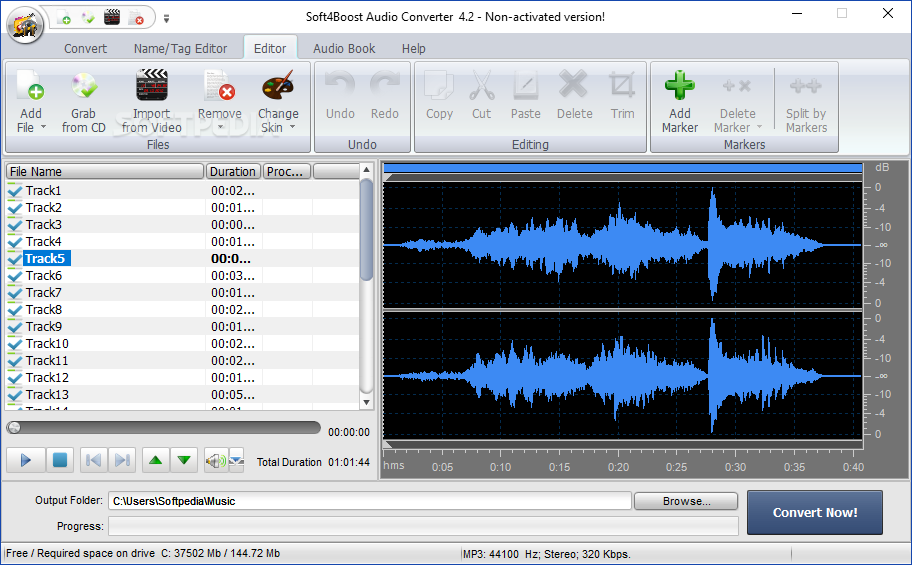Native Instruments Fm7 Crack

A 16-step Performer module, with two crossfading modulation sequences. Is Native Instrument's new stand-alone soft synth as big as they say it is? Native Instruments have been one of the most prolific music software developers in recent times, but even by their own standards they've been particularly busy lately. In order to catch up with them, we're going to look at not only their brand-new stand-alone synth, Massive, but also at the lastest versions of Absynth and the sucessor to FM7, FM8 — and we'll take a quick look at Kore v1.1 and the contents of Komplete 4. Massive is a semi-modular wavetable synthesizer with lots of routing flexibility and a wealth of modulation and control options. Wavetable synthesis is seeing a resurgence in popularity lately, and Massive 's oscillators are some of the best implementations of the concept I've seen. However, the sound generation technique is not the main area where the synth aims to break new ground.
The FM7 from NATIVE INSTRUMENTS could be the best software synthesizer ever! The FM7 is based upon the classic and legendary sounds of FM synthesis found in Yamaha's DX-series, from the DX7 to the DX200! The FM7's brilliant user-interface makes FM synthesis understandable, and for the first time, visually intuitive.
Firstly, Massive has been designed to pack an unusually large number of highly versatile modulators into a fast and understandable user interface. But where Massive really aims to plant its flag is on the high-ground of sound quality. When I visited Native's headquarters in August, Massive 's Product Manager told us that their top priority was to take a leap in sonic quality, even if this meant pushing even recent computers to their limits.  The result is a synth that really does reach unprecedented heights in sound quality for a virtual instrument, but gives your computer a thorough workout getting there. A wavetable is a 'stack' of sampled single-cycle waveforms that a synth can read from and use as its oscillator shapes. For example, you might have a simple wavetable that consisted of a sine wave and a sawtooth wave.
The result is a synth that really does reach unprecedented heights in sound quality for a virtual instrument, but gives your computer a thorough workout getting there. A wavetable is a 'stack' of sampled single-cycle waveforms that a synth can read from and use as its oscillator shapes. For example, you might have a simple wavetable that consisted of a sine wave and a sawtooth wave.

You could then select whether the oscillator played a sine or a square. A wavetable with many waveforms to choose from gives you lots of sonic starting points to play with. More interestingly, though, if you can modulate the wave selection control, you can create sounds that change over time.
If the waveforms in a wavetable are arranged so that they change incrementally from one to the next, you can scan through the table and create smoothly evolving sounds. The wavetable list gives Massive's oscillators a large number of sonic starting points.Each of Massive 's three main oscillators has over 80 wavetables to choose from, divided into four categories (see the screen below). The first few tables provide the familiar saws, squares, triangles and sine waves, but there is a practically unlimited supply of raw materials in the tables, from familiar organ or synth sounds to weird and wonderful digital waves. Of course, what's really of interest is how the tables sounds when the oscillator scans through them.
Nearly all Massive 's tables provide a smoothly morphing sound when scanned. Like the classic PPG Wave synths, most of the sounds are 'synthy', while a few (such as Guitar Pulse) can be used to model real instrument sounds. Each oscillator's Position knob sets a starting point in the wavetable, which, without further modulation, will simply produce a static waveform from the oscillator. An Intensity knob further shapes the basic sound in various ways determined by the mode selected in the menu above it. In the default Spectrum mode, the knob determines how many harmonics are included in the sound, so has a similar effect to a low-pass filter. There are then three Bend modes, which modulate the speed at which the wave plays back over the length of each cycle. Depending on the wavetable, this sounds like a subtle FM or pulse-width modulation.